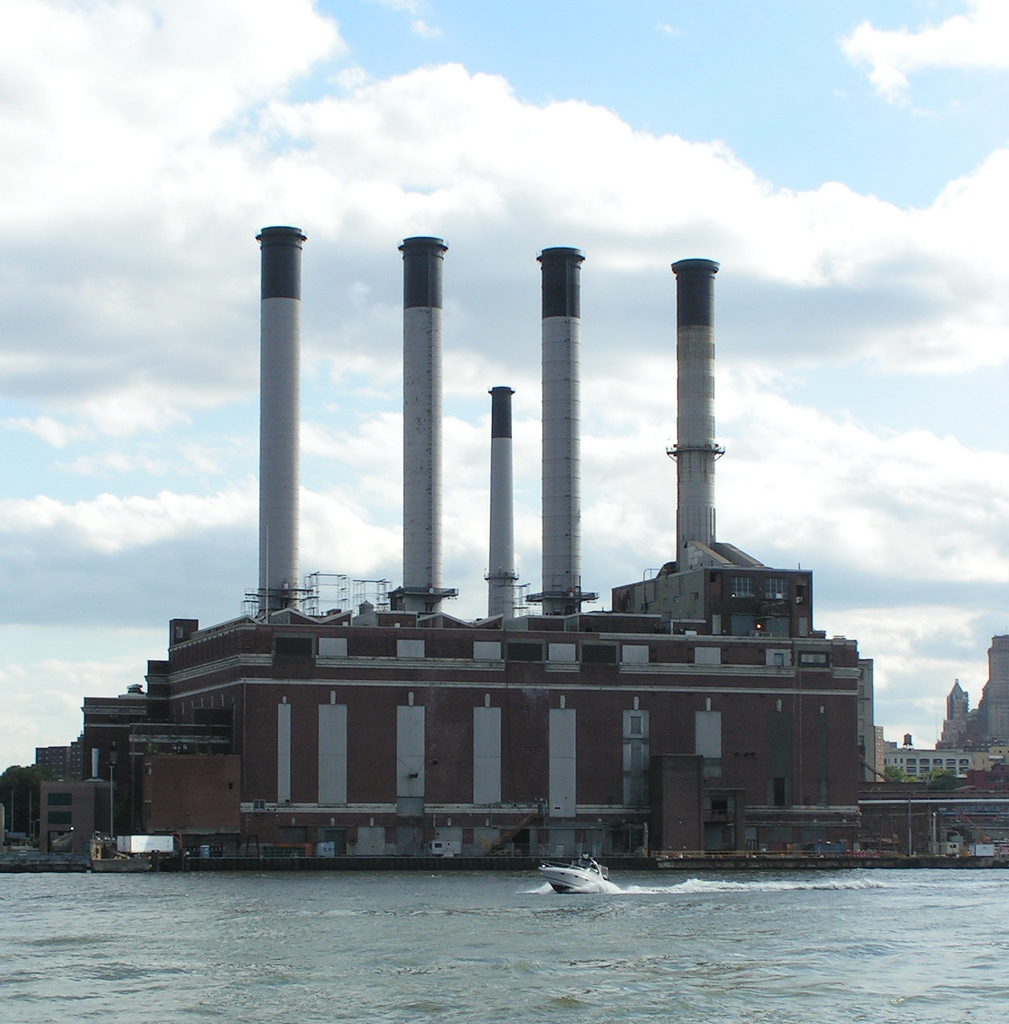Something In the Air: We Are What We Breathe

Ravenswood Generating Station
Microscopic chemicals in the air can lead to life-long health problems for NY residents, including death
Often described as looking like sweet Candy Canes at the crossroads of three neighborhoods, Ravenswood Generating Station, or Big Allis, located in western Queens, is anything but sweet. The power plant is one of New York’s largest supplying the city with more than 20 percent of its electricity. Law makers and health advocates have said Big Allis’s fuels are linked to deadly air pollutants. Plants like Big Allis have a number of chemicals spewing from them. “You get sulfur dioxide that is an acid that is a very irritating gas, that can affect people with asthma and make it very difficult for them to breathe that is something that highest levels would be near the plant and as it passes through the air it becomes particles,” Janice Nolen said. She’s the Assistant Vice President of National Policy for the American Lung Association.
You don’t have to tell one resident that. Carol Wilkins lives near the plant and says breathing doesn’t come easy. "You can be breathing one second and the next second you know you’re gasping for breath and then to have the air polluted,” Wilkins said.
Carol Wilkins in the president of the Ravenswood Housing Association. She’s also a resident. Wilkins has had asthma for over 30 years. She says living near a power plant definitely hasn’t helped her health…
Nolen explained that these particles go through a chemical change once they pass through the atmosphere. This change can make fine particles very dangerous.
“Particulate matter, whether it’s coming directly from the plant or whether it’s created by this secondary step, literally can kill people,” Nolen said.
But, how can these little particles kill us?
“These are microscopic sized things. The ones that we’re most concerned about are basically one thirtieth the diameter of a human hair. They can go deep into the lungs, actually some of them are so tiny can go past the lungs into the blood stream,” Nolen explained.
Queens Councilman Costa Constantinides says asthma rates are higher in western queens than any other part of the borough. He pushed for a bill last December that requires Big Allis to reduce fuel levels by 2025.
“When they click on, they’re clicking on in our community, they’re clocking on and causing ill health effects in our neighborhoods. That’s why we’re trying to hasten the use of renewable energy and get to a place where we won’t need to rely on these Peaker plants nearly as much,” Constantinides said.
Resident Carol Wilkins is on board with reducing the number fuel that comes out of Big Allis. She’s had asthma for over 30 years and just wants to breath easier.
“If you can’t breathe, where are ya? Ya know?”

